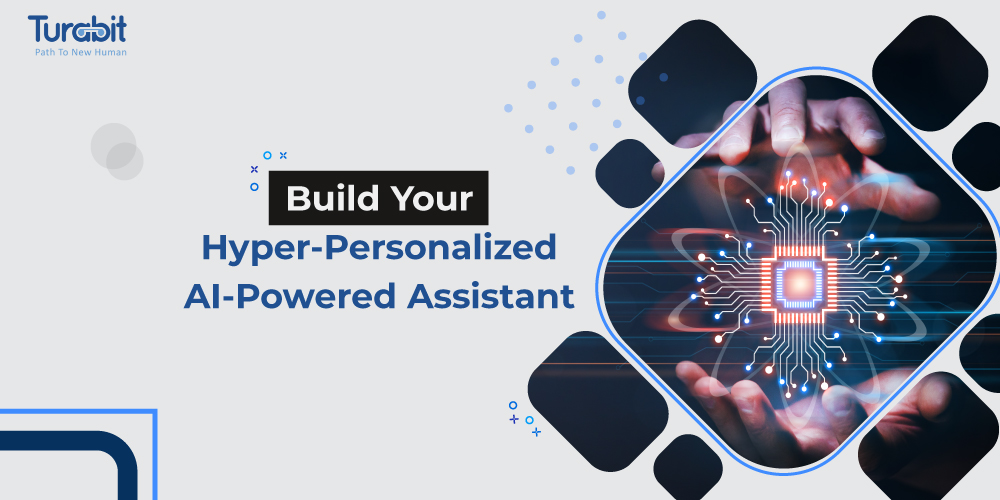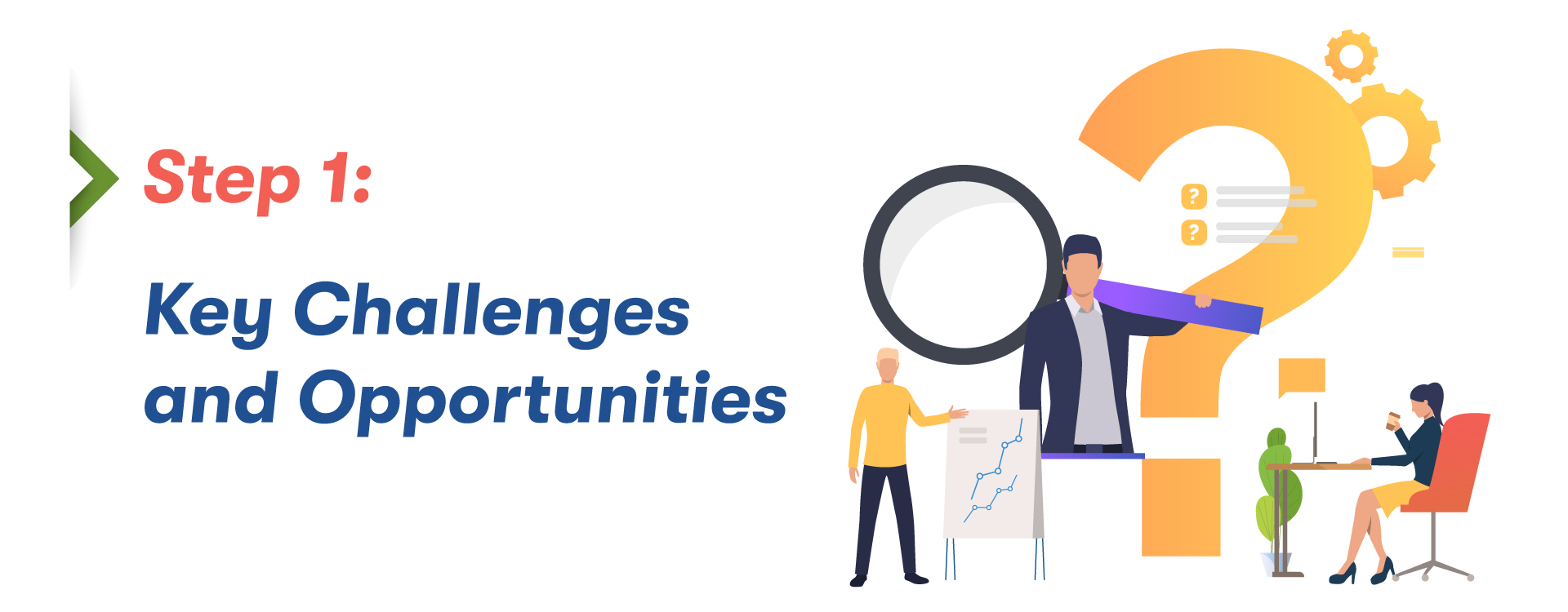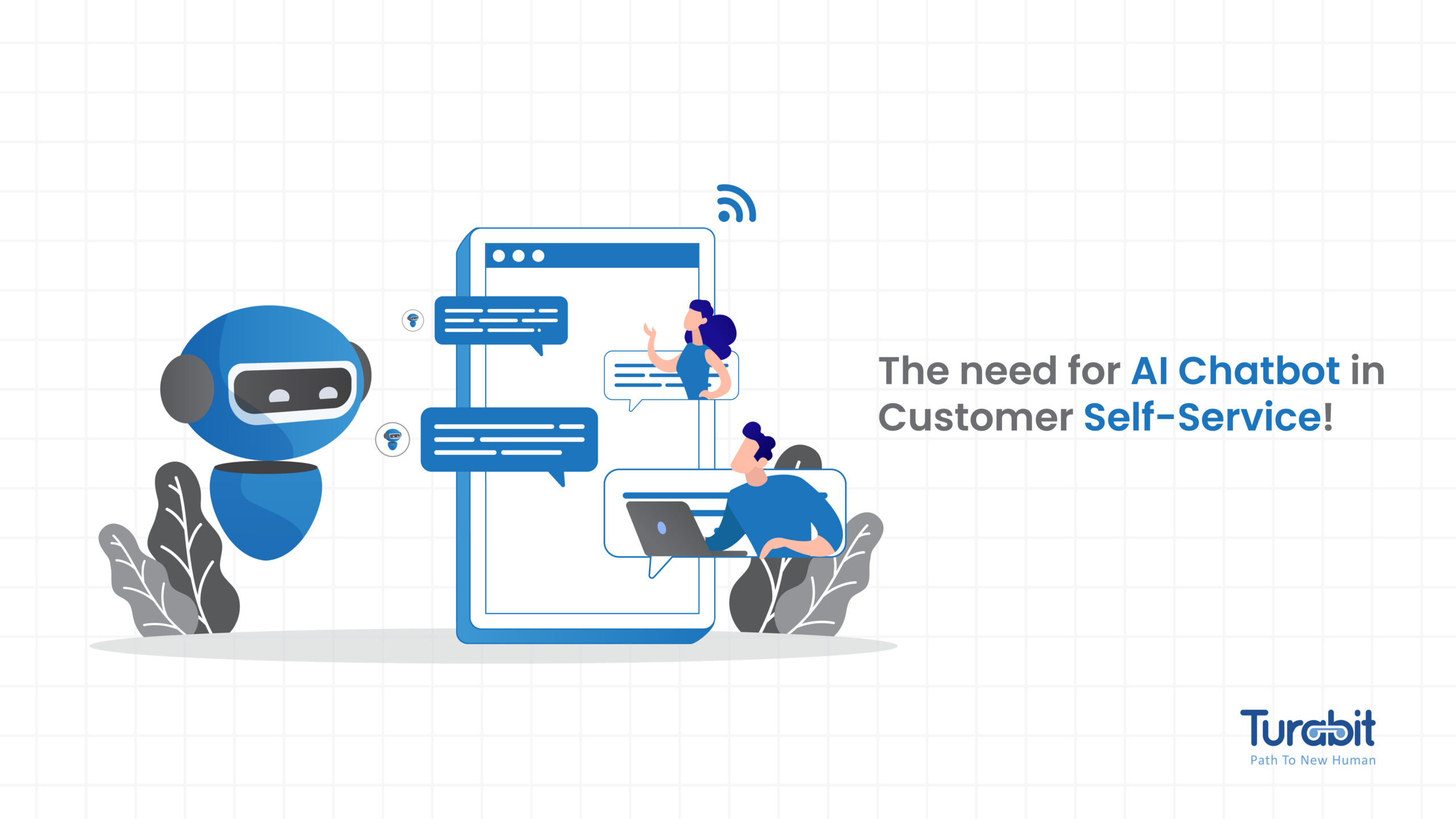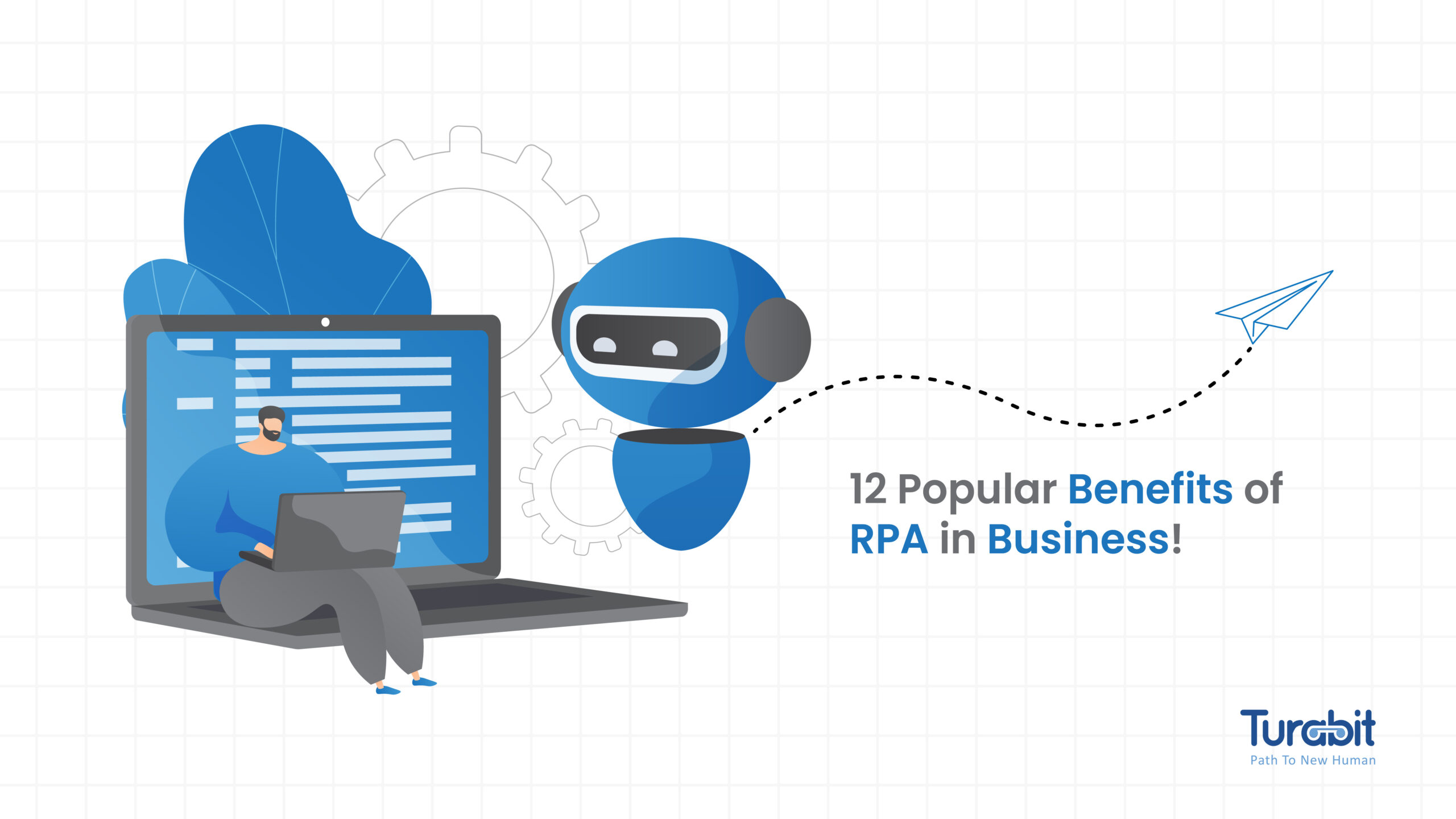AI or artificial intelligence is an advanced technology that aims to automate and copy human intelligence based on how the human brain proceeds with any data. At the same time, ML or machine learning is a subcategory of artificial intelligence focusing on providing basic computers the capabilities to learn new things independently without the need for any standard programming process. Many individuals consider them two different technologies and concepts. In reality, both technologies work in sync with each other, creating a hyper-advanced platform for industries and organizations to grow and thrive.
Project & Product Management in Artificial Intelligence
Companies usually become interested in AI-based tools in two ways:
– By learning and understanding users’ problems, combining data, and reaching the conclusion that an AI-based solution is the best way to address the issue.
– By trying to answer a simple question: How does our enterprise leverage AI to garner the maximum benefits for us and our clients?
It is vital to answer the basic questions to understand the requirements in both scenarios.
Step 1: Key Challenges and Opportunities
The first step is to understand how AI-based tools can help your customers. Now, AI tools can be deployed to address critical business challenges ranging from helping in decision making, optimization of rote tasks, and in-depth data analytics. If customers face some of the following issues, AI is there to help out.
- Are users engaged in some rote activities?
- Are activities requiring double-checking to ensure that work is error-free?
- Are users spending maximum time labeling data manually?
- Would assistance from an AI-based tool makes the entire enterprise more effective?
- Are there any tasks end-users need to work upon apart from the usual ones?
- Are data analysis and decision-making a regular job for users?
- Are there any rule-based systems for users?
- Are there any systems requiring continuous monitoring and checking?
- Does the work for the client need customization?
- Is there any middleman between end-users and the system?
- Are there any tasks or problems that change?
- Is there any unavailable data that might transform users’ business?

Step 2: Research
After defining the critical problem, the research phase starts. The aim is to collect business data and learn about significant hurdles. To formulate the scope and design, the following questions are to be answered:
- Who is included in the target audience?
- Understanding user’s attitudes toward data utilization
- Identifying the critical context where users will use the designed product
- Are there any other deployed tools?
- Who all are the user’s competitors?
- What are the current industry trends?
- Which part of the work do the users like or want to automate?
- What is the level of automation you want to achieve?
- Is there any specific level of accuracy required in tasks?
- What details are necessary for answers, or how should the results be explained?
- How would you ensure constant data flow?
- What should be the period for the result update?
- Focus on the communication style of users
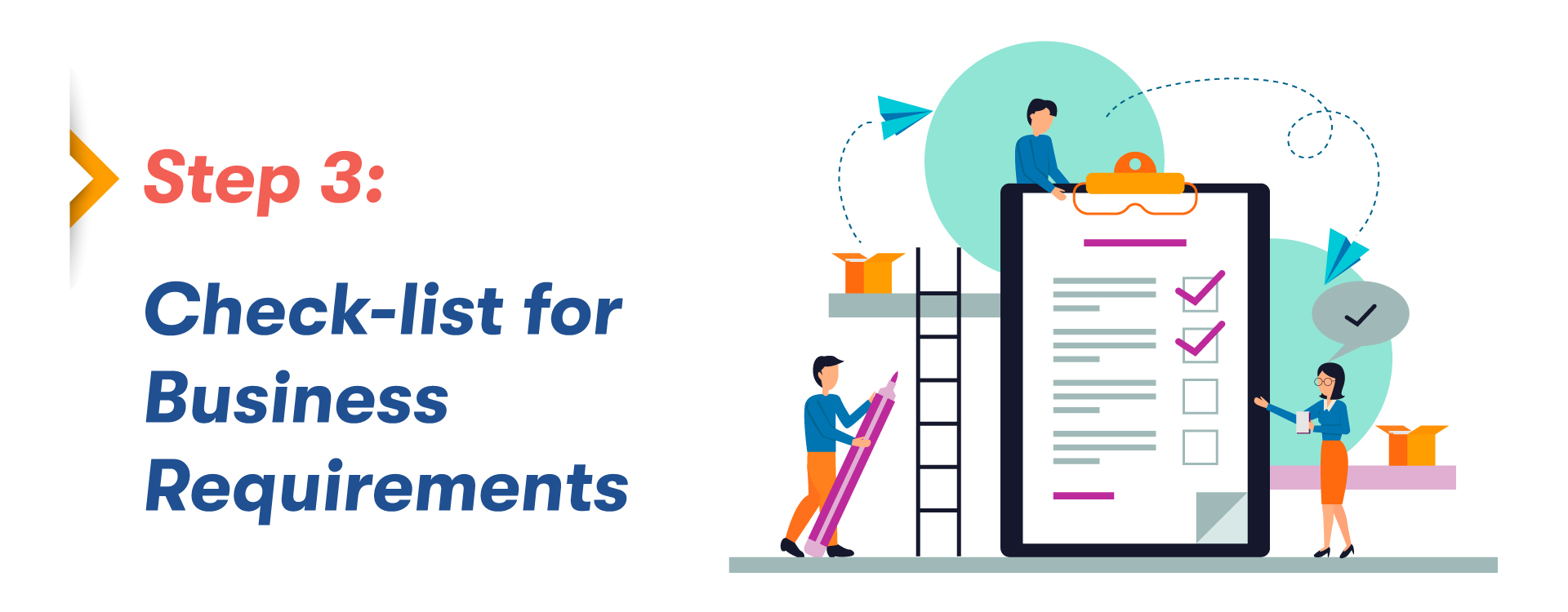
Step 3: Check-list for Business Requirements
The entire interface and user flow design depend on the scope, business requirements, and use case. To start with the development phase, the following information is required:
- Users of designed feature/product
- Problems that need to be addressed
- The end-impact of the solution
- Hypotheses and assumptions that are being tested
- Priorities
- Use cases that are beyond the scope of the feature or product
- KPIs
- Strategy for obtaining data and DQ metrics
- Getting users onboard
- Complete roadmap
- Product testing method
- Gathering and working on users’ feedback
- Key hurdles
- Risks
- Security & safety
Once these questions are answered, requirements are known, and scope is defined, the design team can start working on the initial prototype.
That being said, it is evident that defining problems and scope is the most critical step in designing an AI-powered smart tool, as any change in scope and problem definition can lead to severe issues. Thus, all stakeholders must be on the same page to create the required solution. If you are skeptical about affording an artificial intelligence solution, well, the answer is no. But here’s the catch: don’t jump on the AI bandwagon with blindfolded eyes or explore the path the AI solution is heading towards. Thinking of an AI-based tool as a magic wand that would somehow miraculously solve all issues while improving business productivity can lead to some expensive errors. It is essential to understand what you will do with an AI solution, why you would do it, and the certain limitations you might face in terms of the AI solution and your enterprise.
Last but not least, if you are all set to move toward an AI-powered enterprise, start planning diligently. Though the path may pose some challenges, you can easily face them with a suitable data team and design workflow. Give the team sufficient training time to be well acquainted with the project. And always remember, there’s nothing miraculous about artificial intelligence; it is all about how you design your tool and the data you feed.


